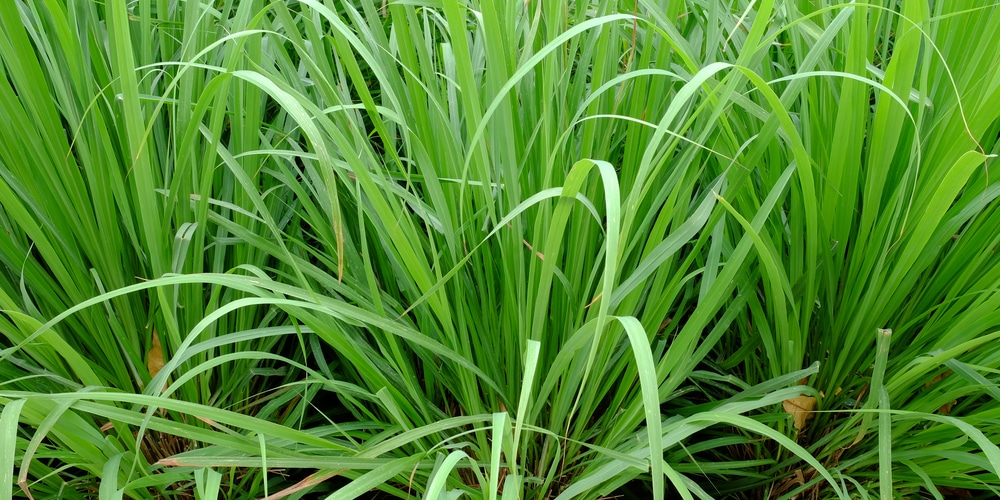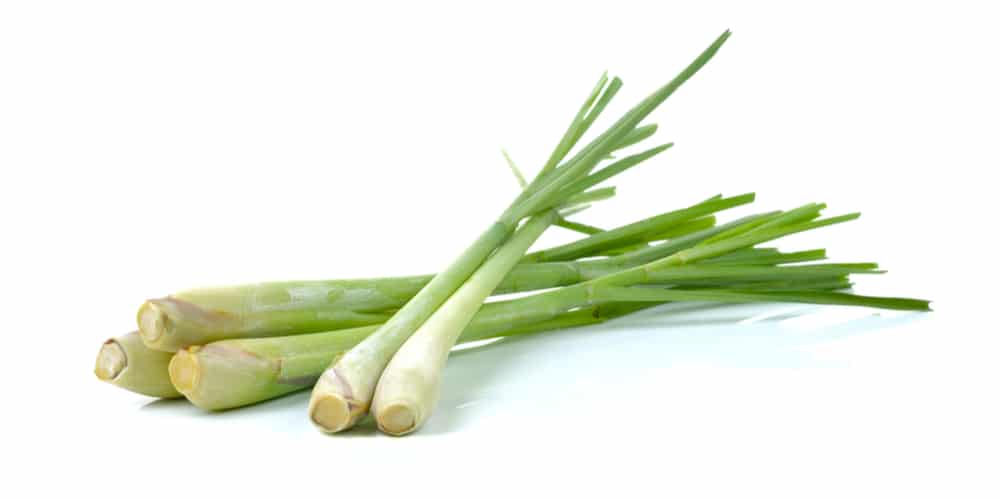Lemongrass is a tropical herb that can also perform as ornamental grass by adding texture and volume to your garden. The plant (like the name suggests) releases a strong citrus flavor. You can use it in teas, soups, or sauces to add a different taste to your everyday dishes.
Quick answer
With the proper care, your lemongrass will quickly regenerate. For best results, only cut it between February and late April to allow your plant to focus on new growth in the spring and the summer.
Under optimal conditions, lemongrass is fast-growing and lush. Plus, its bright-green color turns burgundy in the autumn for a breathtaking dramatic effect that will increase the appeal of your garden even when most other plants are dormant. Beware if you have cats or dogs running around your yard: lemongrass is toxic to both and might cause severe reactions in your dogs when ingested.
Lemongrass is native to Sri Lanka and India, so it prefers warm temperatures and tropical climates. For this reason, its optimal growing conditions include USDA hardiness zones between 10 and 11. This plant grows abundant where the environment is warm and humid.
But say that you like lemongrass so much that you decide to harvest it frequently to make yourself a daily cup of tea. How far can you keep going doing so? In essence, does lemongrass grow back after harvesting? If the question sounds interesting to you, keep reading.
In this essential guide, you’ll find an answer to the question we posed and learn about our favorite tips for successfully growing this herb in your garden.
Does Lemongrass Grow Back After Harvesting?
Because of its natural habitat, lemongrass needs plenty of heat, sunlight, and moisture to thrive. If you provide your plant with those elements (and you live in a suitable part of the country), you can rest assured your lemongrass will grow and multiply quickly.
In the warmest parts of the world, this plant grows as a perennial. However, it is susceptible to frost and won’t survive below-freezing temperatures. In USDA hardiness zones between 10 and 11, this plant can grow up to four feet high, giving you plenty of foliage to pick for your teas and recipes. You can still grow lemongrass in colder zones: however, it can only do so as annual. Bring it indoors during the winter to prevent it from dying.
With the proper care, your lemongrass will quickly regenerate. For best results, only cut it between February and late April to allow your plant to focus on new growth in the spring and the summer. Your lemongrass will grow back quicker as summer temperatures creep over. If the plant is getting denser than what you like, you should consider pruning your plant. The process is simple and doesn’t take too much time.
Cut down the entire plant to a couple of inches above the tender part of the stalk (which is white). Don’t forget to remove all the brown leaves. Doing so will ensure your plant can grow healthier and stronger over the summer. Yes, it might look shocking as you’ll leave your lemongrass almost empty. But, trust us, your plant will grow back in as little as a couple of weeks (with the proper care).
Lemongrass Care: Our Tips
Lemongrass isn’t particularly challenging to grow. It needs full sun (even in hot climates), rich and loamy soil (which you can achieve by adding compost or manure to the ground), and moist soil. With those, you won’t have anything to worry about your lemongrass. Adding mulch around your plant, especially in the hottest months of the year, can help you increase water retention, improve the nutrient content, and regulate the temperature of the soil.
To boost your plant’s growth, you might want to add a nitrogen-rich fertilizer. Consider purchasing a slow-release product and feeding your lemongrass between spring and summer. Water your plants after adding any chemicals to avoid causing damage to their roots. Plus, always follow the instructions on the product’s label: avoid overdoing it, as you might reach the opposite results.
Because of its smell, you can use it as a companion plant to species that suffer from frequent attacks from pests. Indeed, the herb’s strong flavor deters harmful insects, including mosquitos.
Does Lemongrass Grow Back After Harvesting?: Final thoughts
Your lemongrass plant might live for several years as long as you provide adequate care. Don’t forget to prune your plant regularly to tidy it up and remove old and unhealthy foliage.
You may also like: Will Fescue Choke out Weeds?


